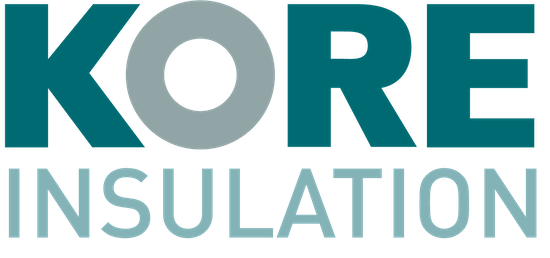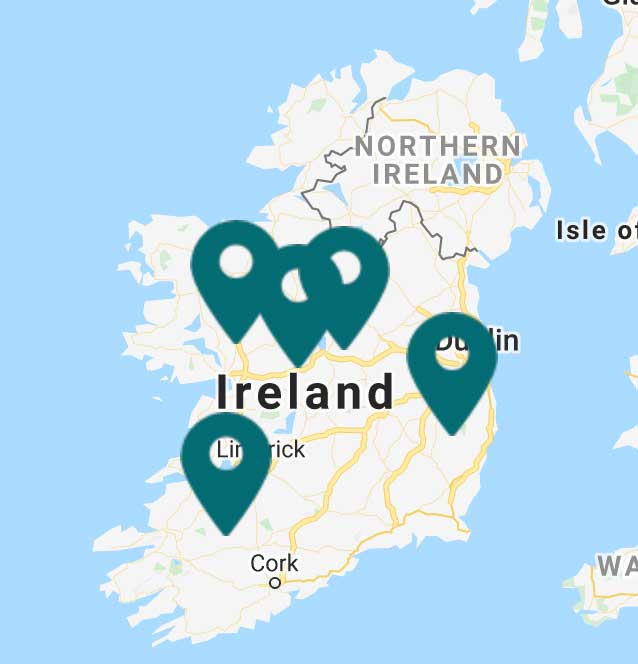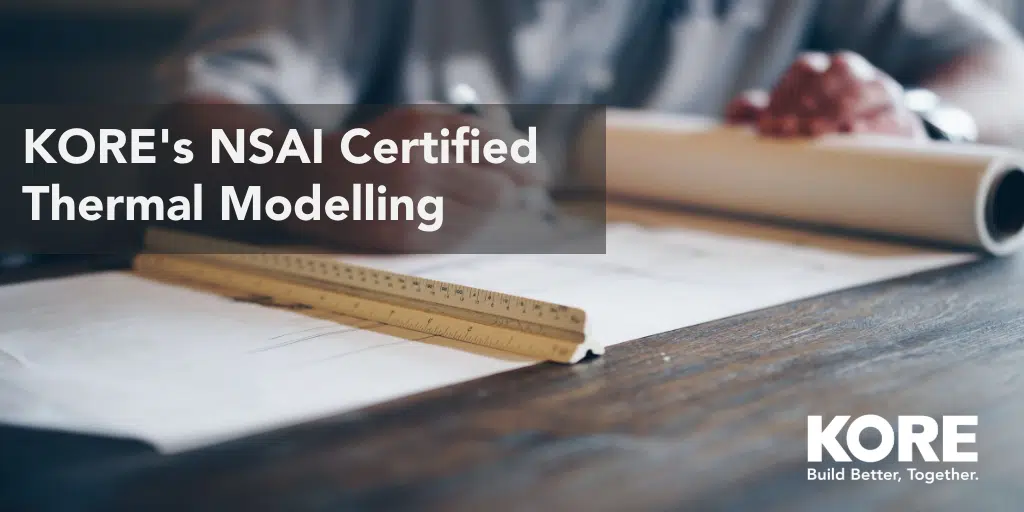
With the leaps and strides Irish construction has made in delivering high-performance and thermally efficient builds, we are achieving lower elemental U-values and a better understanding of how to improve the comfort quality for the occupants of these builds.
This does not have to come at additional cost, nor put an extra burden on the design professional.
How can KORE help improve on this further and save on the associated build costs in spite of the changes to building regulations, fluctuating material and labour costs? Here are 3 examples:

Using an efficient build method
like KORE’s Insulated Foundation System

Using EPS to reduce build costs
& offer long time performance

Using Thermal Modelling
for junctions with Psi & fRsi values
Let’s focus on the thermal modelling
Thermal modelling is an area that in sometimes overlooked. When using the DEAP software to calculate the energy rating of a build, the default Thermal Bridging Factor (y-value) is 0.15 W/m2K.
If we can build in compliance with the Limiting Thermal Bridging and Air Filtration Acceptable Construction Details (ACD) as referenced in TGD Part L, then we can adopt a y-value of 0.08 W/m2K.
Plus, we have to use the default Psi values from Tables D1 to D7 of TGD Part L. Here are some examples:
Example 1: Psi Values
From Table D1 and section 1.02b with thermal block, we are complying with the backstop U-value requirements, and our wall to floor junctions states a Psi value of 0.07 W/mK.
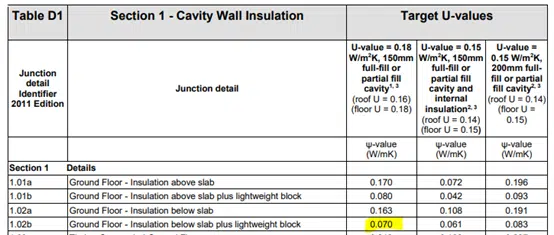
However, if we look at a KORE modelled junction using EPS products, our Psi value comes in at 0.058 W/mK. This will improve the overall efficiency when we look at our DEAP calculations:
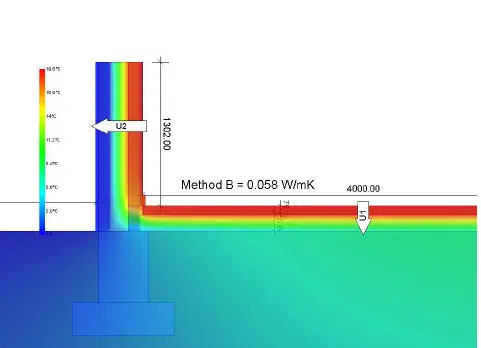
Example 2: Y-Values
For our next example, we will look at an overall y-value. As we have seen, if we use the default ACD values we will get an overall y-value of 0.08 W/m2k. This build is a block cavity wall with KORE Fill Bonded Bead cavity wall insulation on a KORE Insulated Foundation System. What is achieved is a very impressive 0.037 W/m2K.
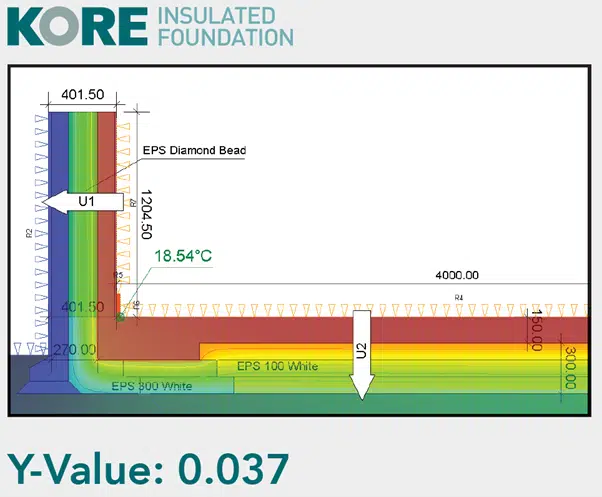
This y-value, which is far lower than the default value, will have a big impact on the cost of building to achieve the energy efficiency BER rating for the dwelling. In fact, it will mean cost savings on the build in other areas as our fabric and thermal envelope are so high performing.
If you would like to avail of KORE’s technical service, project consultation and thermal details, please contact our Technical Manager, Andrew Butler.
Andrew Butler
Technical Business Development Manager
E: [email protected]
P: +353 87 226 8483
